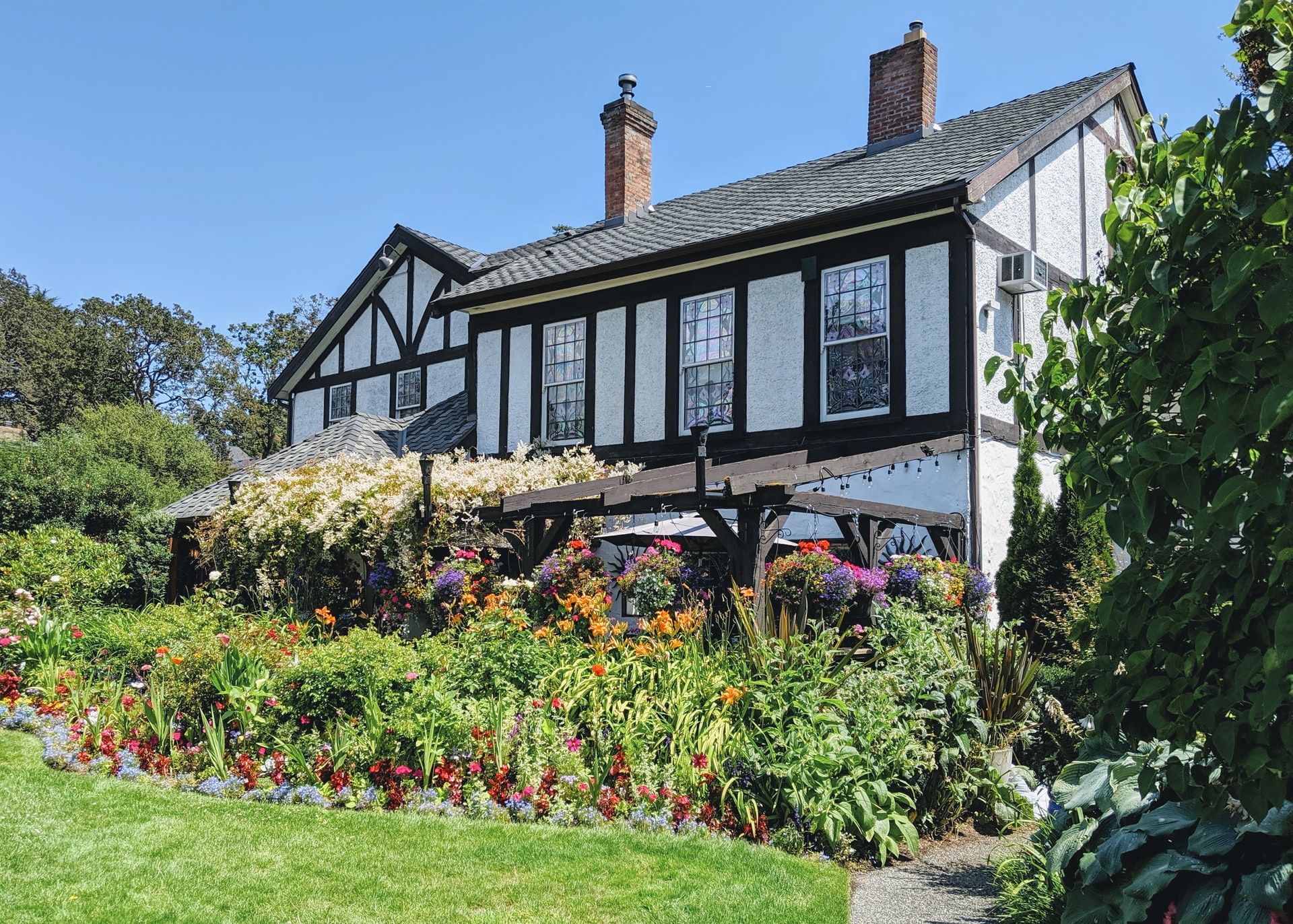
You’ve finally finished creating the vegetable garden that you have been longing to have for several years now. Though you may think that this process was difficult, this is where the hard work actually begins. Why? Because you now have to preserve your garden to ensure that all your vegetables have the ability to grow to their full potential.
One of the ways in which you can achieve preservation is by effectively watering the entirety of your garden space. Implementing a Garden Watering System has been known to be one of the more popular ways of ensuring that your garden receives all the water it needs to survive. Besides this implementing a sustainable system from sites like https://www.sustainablevillage.com to get better results.
With the help of the useful tips in this article, you will be able to learn more about the different watering methods that you can incorporate into your own garden space.
Learn When Plants Need Water
This is one of the most important steps to take into consideration. Not that many people know this, but you only need to water plants when they actually need it. Just like not watering them enough could have detrimental effects, so to can overwatering them. To ensure that you get a right mix, where possible, you should try and inspect your garden area daily. This is so you can start to notice the signs and get familiar with any changes that your plants or vegetables may be displaying. This will be particularly likely when there is a change in temperature.
When inspecting your plants, you should look out for signs of wilting or a faded colour. If these are shown, you can go ahead and water. You can also check the soil too. If it is as damp as a wrung-out sponge, then you will know that your plants have received enough water. Of course, there is never any harm in reaching out for a second opinion if you are still unsure about whether your plants have been given enough water.
Avoid Overhead Watering
When it comes to watering your garden, there are more people than you think who make the decision to use a sprinkler system. However, what they don’t know is that these types of tools should only be used for larger areas, such as lawns, that require a large application of water to ensure that every inch can be reached. So, if you are using this type of system to water your little garden space that is being used to grow plants and vegetables, then you could be damaging your crops without even realising.
Not to overcomplicate things here, but the spray from your overhead sprinkler doesn’t actually reach the root zone beneath your plants’ leaves. So, you will soon find that watering them is insufficient and a waste of time. Not only that, but the overhead spray also quickly evaporates, which then leads to water waste and will ultimately leave you with wet foliage which can lead to pest and disease issues. Where possible, you should avoid using these types of systems to water your plants.
Regular But Careful Watering
If you made the decision to use a specific type of soil and mixture when building your vegetable garden, you may find that it is loose. When loose, it has the ability to drain well, as well as posing little risk of it being overwatered. On the other end of this though, there is a chance that you may find that your plants or soil may dry out quicker than you intended it to. Again, referring to the first point in this article, you should make sure that you provide your plants with water when they need it, instead of flooding the area of your garden weekly, or maybe even daily, while allowing it to dry in between.
Ultimately, if you are ever unsure about just when you should water your plants, it’s as easy as investigating them regularly. If everything looks in perfect condition, then there is no need to continue watering them. But if they look like they need watering, you should take great care when doing so, as too little water can be damaging, and overwatering them can also have the same effect.
By following this guide, you should now have a better idea of the things to take into consideration when it comes to effectively watering your garden.
Hey welcome to my blog . I am a modern women who love to share any tips on lifestyle, health, travel. Hope you join me in this journey!

Speak Your Mind